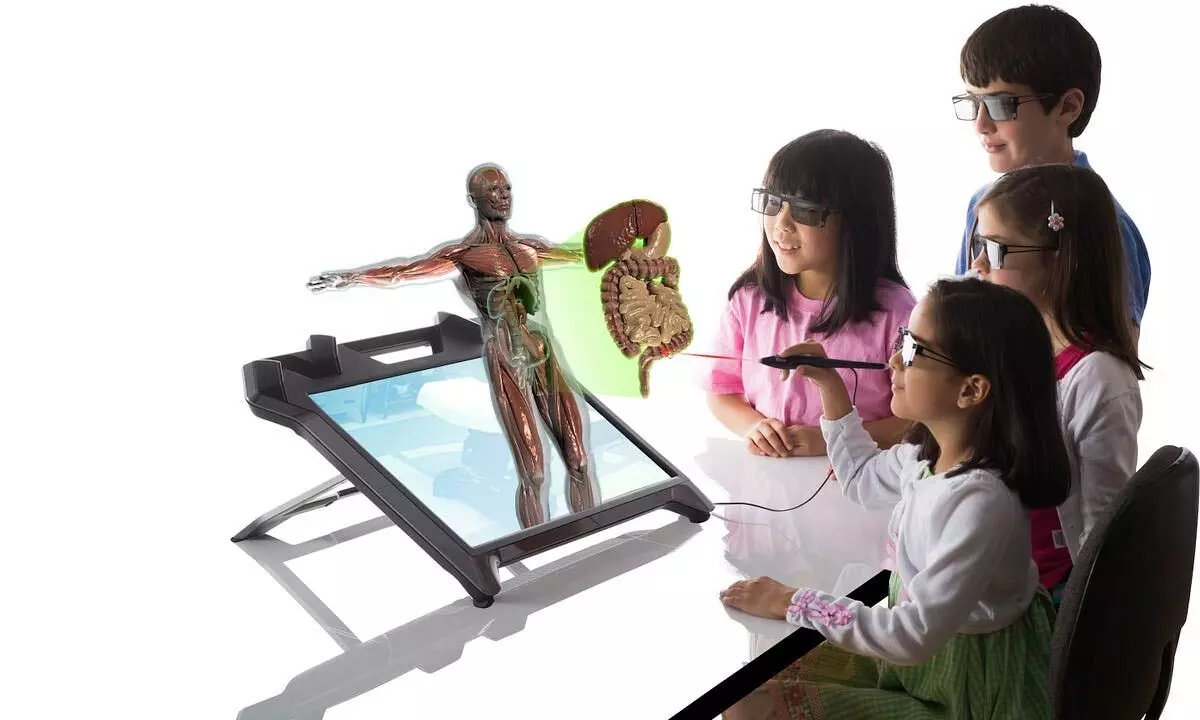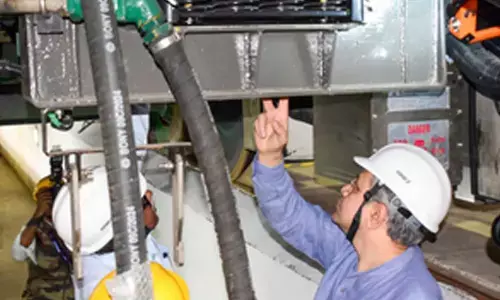Education in Metaverse: Sci-fi affair or upcoming reality?

Education in Metaverse: Sci-fi affair or upcoming reality?
Education was always looked upon as a medium that introduces a transition to a new life.
Education was always looked upon as a medium that introduces a transition to a new life. While a few years ago, education is powered by technology, AI and VR was a far fetch idea and possible only in science fiction, it is now a progressing reality of the presently evolving educational industry. Today, the world of education is changing rapidly with the advent of the Metaverse. We are on the cusp of a new era of learning that has never been seen before. Learning methods and techniques are changing drastically and that is indicative of a time when education is empowered by tech tools and one that is heavily focused on innovation.
From Sci-Fi to reality:
Defining the Metaverse
The Metaverse is a virtual world that is created by the convergence of physical and digital realities, where people can interact with each other and with digital objects in a seamless manner. It is an exciting new frontier that holds a lot of promise for the field of education.
One of the most significant advantages of using the Metaverse for education is its ability to create immersive and engaging learning experiences. Each student can learn at their own pace and in their own way, with virtual tutors and personalised learning paths. This kind of personalized learning is much more effective than the one-size-fits-all approach of traditional classrooms.
Imagine reading about the Amazon rainforest in a textbook and then actually being able to observe a sloth in its natural habitat, in virtual reality. Not just this, the real-time assessment tools are proving to be a huge asset for teachers to track the progress of each child and focus on the areas of their strengths. Adding to this, recently there have also been many newer initiatives by EdTech leaders including Virtual art fairs, NFT for kids and more. Experiences like this have the potential of creating a profound impact on the way students learn and understand concepts.
A window to the world through curriculum mapping
Education in Metaverse is an amazing way of enhancing the imagination and creativity of students. This is done using multiple and diverse methods. An amazing example of this is virtual field trips to different parts of the world which are becoming increasingly popular in this segment. Students can explore different parts of the world and experience things that would otherwise be impossible. This kind of learning is not only engaging but also helps students to develop a deeper understanding of the subject matter.
However, for education in the Metaverse to be successful, it is essential to pair it with STEM activities and curriculum mapping. STEM (Science, Technology, Engineering, and Math) activities are designed to help students develop skills such as critical thinking, problem-solving, and creativity. These skills are essential in the Metaverse, where students must be able to navigate complex digital environments and solve problems on the fly.
Curriculum mapping is also critical for successful education in the Metaverse. Teachers must be able to map the curriculum to the virtual environment to ensure that students are learning the right concepts and skills. This mapping must be done in a way that is engaging and interactive, so students remain motivated to learn.
Hence in many ways, education in the Metaverse is an upcoming reality, and when paired with STEM activities and curriculum mapping, it can deliver the best results. The Metaverse has the potential to revolutionize the way we teach and learn, creating immersive and engaging learning experiences that can have a profound impact on the way students understand and retain information. As we move into the future, it is essential that we embrace this exciting new frontier and use it to create a better education system for all.
(The author is the Co-founder & CEO, STEM Metaverse)















